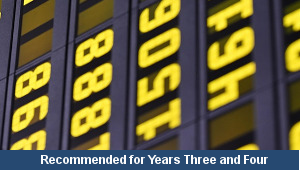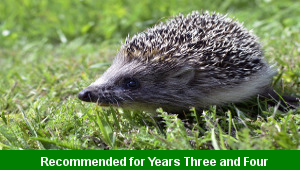Lesson Four – Minutes and Seconds

This maths teaching pack for Key Stage Two gets the children to identify, record and match the times of different events and experiences that have been recorded in sets of minutes and seconds.
The class can explain and model how to change times that have been recorded in seconds to times showing the matching minutes and seconds using number calculations.
Download this teaching pack including a lesson plan, classroom activities and an interactive presentation to identify, record and match the times of different events and experiences that have been recorded in sets of minutes and seconds
Activities in this teaching pack include a differentiated set of worksheets to calculate and convert the times of a range of different events and experiences that have been recorded in minutes into their matching sets of minutes and seconds for each identified action.
The interactive presentation gets the children to explore how to match the times of different events and experiences that have been recorded in minutes and seconds.
This lesson is part of a maths scheme of work to get the children to investigate and record different units of time using calendars and convert and make comparisons between times in days, hours, minutes and seconds. There are teaching activities for shared learning, differentiated worksheets to support independent learning and interactive presentations to introduce concepts and key skills.
-

Rounding Hundreds
Explain and model how to round some different numbers to the nearest hundred based on the place values of the digits in each number
-

Rounding Tens
Identify and record how to round some different numbers to the nearest ten based on the place values of the digits in each number
-

Classic Animal Stories
Investigate the structure and content of classic works of fiction by significant authors with animals as the main characters
-

Cities, Towns and Villages
Research and present the history of a range of different buildings and people that are part of the local community using a school exhibition
